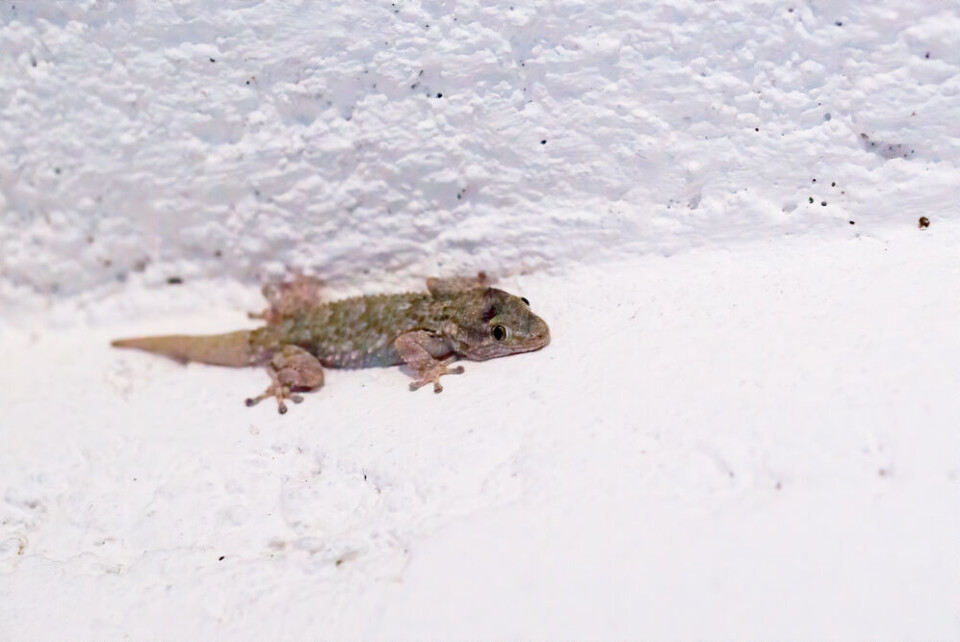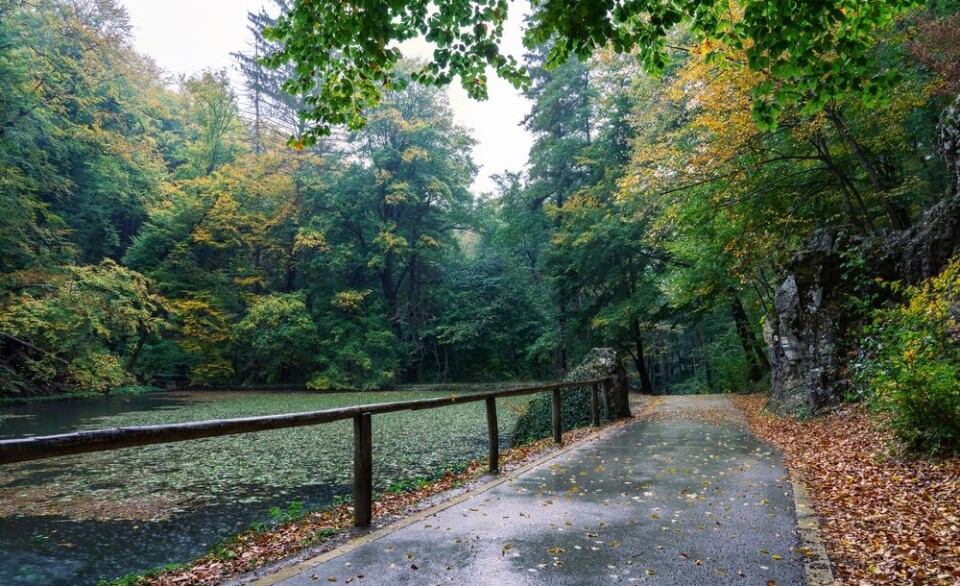-
Death charges claimed by French banks to be restricted
New law passed by the Senate in early summer
-
Electric bike popularity in France opens way for new insurance deals
Number in country rockets as theft policies evolve
-
What is France’s ‘intime conviction’ legal concept used to reach verdict in Cédric Jubillar trial?
Unique approach to murder trial without a body that transfixed France
Hot summer boosts gecko numbers in south-west France
A new kind of gecko is becoming more common with residents invited to take part in a new observation campaign

The gecko population in south-west France has exploded this year as a result of the hot summer, prompting an environmental association to launch an official count of one gecko species in particular.
The ‘Tarentola mauritanica’, or ‘Taranto’ is a type of gecko, a small lizard - adults can grow to 15 centimetres long - that is usually seen further south in the Mediterranean. It is now increasing in number significantly in Bordeaux and surrounding areas.
In response, the environmental association Cistude Nature has launched a campaign to count and raise awareness of the species, in partnership with the Bordeaux metropole local authorities.
Residents are invited to keep an eye out for the geckos and share their observations. It is hoped that this will help the association to keep track of the animal more closely, and measure the consequences.
More noticeable in the past two years
This species of gecko was first seen in Bordeaux in the early 2000s, but its numbers have become far more noticeable in the past two years. The association has gone from receiving around 15 reports in 2021, compared to around 120 this year so far.
“In the past few years we have gathered much more data,” said herpetologist (reptile and amphibian expert) and campaign coordinator Matthieu Berroneau, to 20 Minutes. “This shows that the species is very quickly becoming common here.”
The association is now set to see if there is a link between the high temperatures in the streets of the city this summer, and the proliferation of the ‘Taranto’ species.
“Geckos love hot climates, and their presence is a clear indicator of rising heat and warming,” said Mr Berroneau.
After the hot summer across France, the gecko has been increasingly reported in areas around the Garonne.
Mr Berroneau said: “We have an increasingly accurate map of the species' distribution. We can see that it has followed the main axis of the Garonne. It has colonised Toulouse, Villeneuve-sur-Lot, Marmande, Agen, and Bordeaux. This is quite logical, as the climate around the Garonne is quite similar to that of the Mediterranean.
“It is also anthropophilic, meaning that it is very close to humans, and is often introduced by humans, by climbing onto freight trains for example.
“It is also the great fashion for olive trees - everyone wants an olive tree in their garden - which arrive from Mediterranean areas, and this is often a refuge for geckos. Now that the climate is more favourable to it, there is a good chance that it will continue to grow here.”
Geckos resemble small lizards, but have a more “flared shape…and suction cups at the end of each leg,” explains Mr Berroneau.
“These are micro-hairs that allow it to climb even on smooth surfaces, such as windows. It comes out mainly at night, when it becomes lighter in colour, almost white. It is often seen on walls, chasing moths near lamps, especially on hot summer nights.
“During the day it is rather dark, which allows it to warm up in the sun.”
Mr Berroneau said that overall, the gecko should not cause “a problem in the long-term” as it is “colonising an area that is currently [otherwise] empty of reptiles”.
Related articles
French vineyards restore stone walls to help jewelled lizards survive
Lizards under threat - can you help?
























